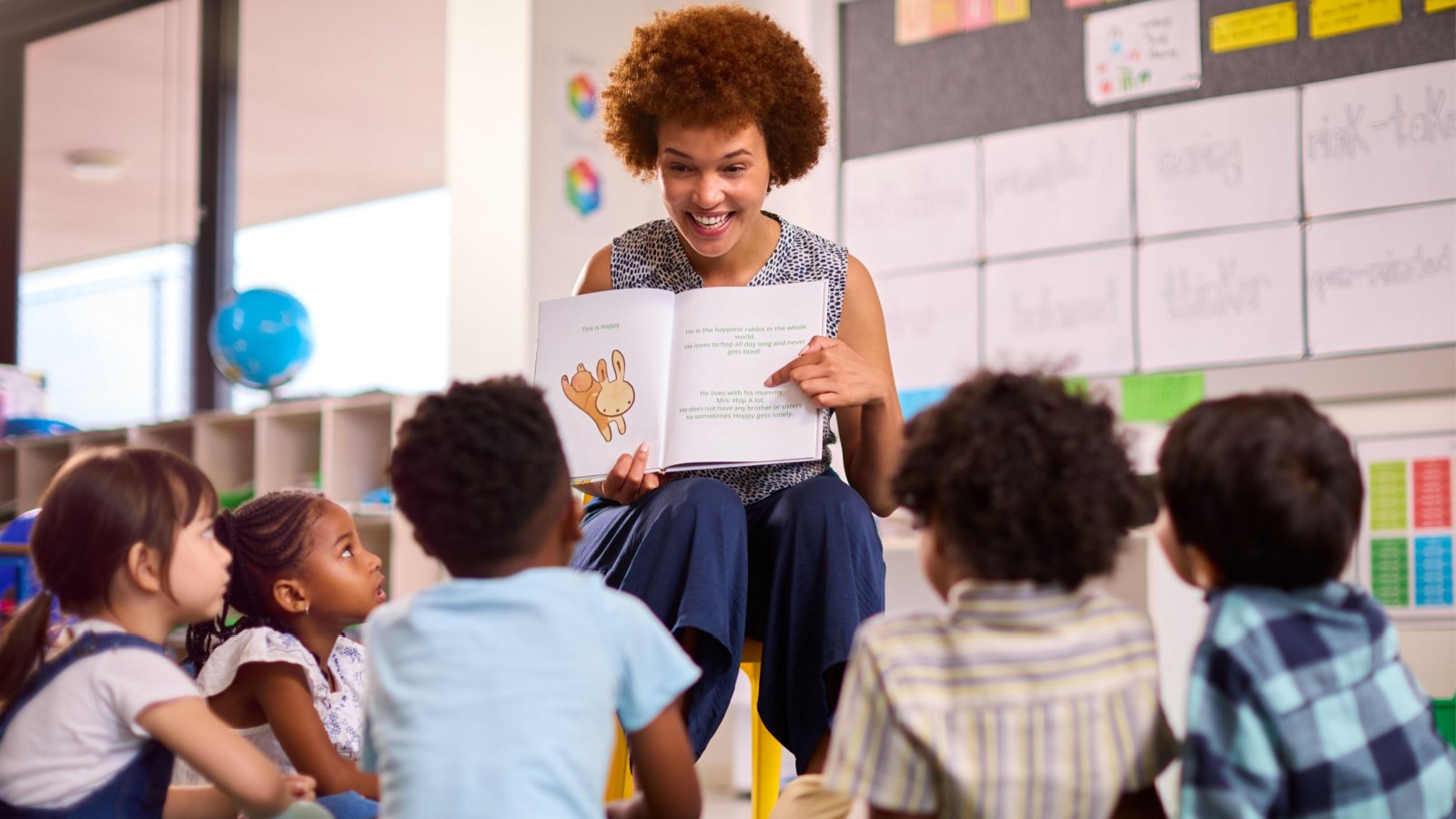Today, instilling critical thinking in children has never been more crucial. Drawing insights from educators, psychologists, and seasoned parents alike, we unveil innovative strategies to sharpen young minds.
Encourage Curiosity

Children are naturally curious. Tap into this by asking them open-ended questions about their surroundings and experiences. Encourage them to ask ‘why’ and ‘how’ instead of just accepting things at face value. This fosters a mindset that seeks understanding and challenges assumptions.
Introduce Brain Teasers

Brain teasers are a fun way to develop critical thinking. These puzzles require children to apply logic and problem-solving skills. They learn to look beyond the obvious and understand that there can be multiple solutions to a single problem. This playful approach can make critical thinking an enjoyable habit.
Practice Mindfulness

Mindfulness helps children become more aware of their thoughts and feelings. By practicing mindfulness, they learn to observe their reactions without judgment. This awareness is key in critical thinking, as it allows children to consider their thoughts and decisions more carefully.
Explore Nature Together

Nature is full of wonders that spark curiosity and critical thinking. Take walks and encourage kids to observe and question the natural world. Discuss the ecosystem, the weather patterns, and the science behind what they see. This instills a deeper understanding of the world and its complexities.
Use Storytelling

Storytelling is a powerful tool for critical thinking. Share stories that have morals and discuss the characters’ decisions and their consequences. Ask children what they would have done differently. This helps them understand different perspectives and the impact of decisions.
Promote Artistic Expression

Art encourages creative thinking, which is a component of critical thinking. Encourage children to express themselves through drawing, painting, or crafting. Discuss their creations, asking about their choices and thought processes. This helps them articulate and evaluate their ideas.
Implement Technology Breaks

Regular breaks from technology can help children engage more deeply with the world around them. During these breaks, encourage physical play, reading, or conversation. This shift in focus can enhance attention to detail and critical observation skills.
Teach Basic Logic

Introduce basic principles of logic in a way that’s accessible to children. Use simple examples to explain cause and effect, sequencing, and categorization. Understanding these concepts can help children analyze information more effectively.
Role-Playing Games

Role-playing games require decision-making and problem-solving. Children learn to think ahead, anticipate consequences, and work collaboratively. This interactive play can sharpen critical thinking skills in a fun, engaging way.
Encourage Scientific Experimentation

Science experiments at home can be simple yet exciting. They teach children to form hypotheses, conduct tests, and analyze results. This hands-on approach to learning encourages them to question and understand how things work.
Developing Emotional Intelligence

Understanding emotions is a key aspect of critical thinking. Teach children to recognize and articulate their feelings and those of others. This helps them understand the impact of emotions on decision-making and interpersonal relationships.
Learning from Mistakes

Use mistakes as learning opportunities. Discuss what went wrong, why it happened, and how to approach things differently in the future. This approach teaches children to evaluate their actions and learn from their experiences.
Exploring Historical Events

Discuss historical events and their implications. Ask children to consider different perspectives and the reasons behind people’s actions. Understanding history in this way helps develop a critical approach to information and narratives.
Critical Reading Sessions

While reading together, pause to discuss plot points, characters, and underlying themes. Ask predictive questions and encourage children to form and express their opinions. This enhances their ability to analyze and interpret information.
Problem-Solving Activities

Engage children in activities that require problem-solving. This could be puzzles, strategy games, or real-life scenarios. These activities teach children to think critically by considering various solutions and their potential outcomes.
Encourage Group Discussions

Group discussions on various topics can help children understand diverse viewpoints. Teach them to listen actively, ask questions, and articulate their own thoughts. This social interaction is crucial for developing critical thinking.
Time Management Skills

Teach children the importance of time management. Help them plan their activities and prioritize tasks. This skill helps them make informed decisions about how to best use their time and resources.
Explore Music and Rhythm

Music and rhythm can be used to enhance cognitive abilities. Discussing patterns in music, lyrics, and rhythm helps children understand complex structures in a playful way. It also improves memory and pattern recognition.
Understanding Media and Advertising

Teach children to critically assess advertisements and media messages. Discuss the intent behind commercials and the strategies used to persuade viewers. This awareness helps them discern and evaluate the information they’re presented with.
Fostering Independence

Encourage children to do tasks independently. This builds confidence and decision-making skills. As they face challenges and make choices, they learn to trust their judgment and think critically.
Practicing Gratitude

Practicing gratitude helps children see the world from a positive perspective. Encourage them to reflect on things they are grateful for. This practice fosters a balanced mindset, allowing for more thoughtful and empathetic critical thinking.








